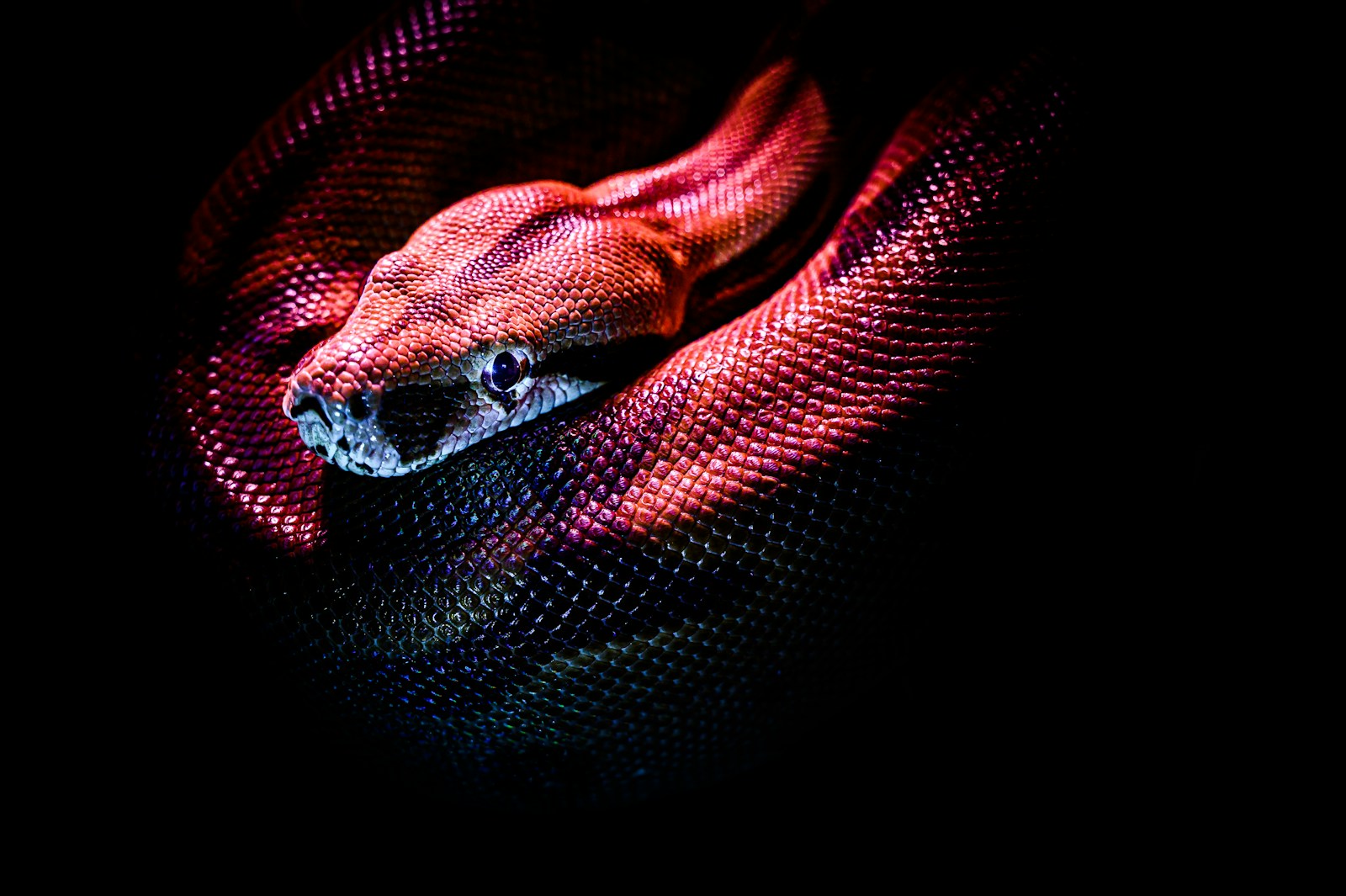In the diverse world of reptiles, snakes stand out for their remarkable adaptability and stunning variety of scale patterns and colors. From the vibrant emerald tree boas of tropical rainforests to the pale, sandy hues of desert vipers, snake coloration isn’t merely decorative—it’s a complex biological adaptation intimately connected to their environment. This remarkable relationship between habitat and scale color represents millions of years of evolutionary refinement, allowing these remarkable reptiles to hunt, hide, and thrive in their respective ecosystems. The science behind how environmental factors influence snake scale coloration combines elements of genetics, adaptation, and ecological pressures, creating a fascinating study in natural selection at work.
The Evolutionary Purpose of Snake Scale Coloration

Snake scale color serves multiple vital functions that directly impact survival rates in wild populations. The most obvious purpose is camouflage, allowing snakes to blend seamlessly into their surroundings and avoid detection by both predators and prey. Beyond concealment, scale patterns and colors can serve as warning signals to potential threats, with bright colors often indicating venomous species that should be avoided. Some non-venomous species have even evolved to mimic the distinctive warning coloration of their dangerous counterparts, a phenomenon known as Batesian mimicry. Additionally, scale color plays a role in thermoregulation, with darker scales absorbing heat more efficiently in cooler environments and lighter scales reflecting sunlight in hot habitats.
Desert Adaptations: Pale Scales for Harsh Conditions
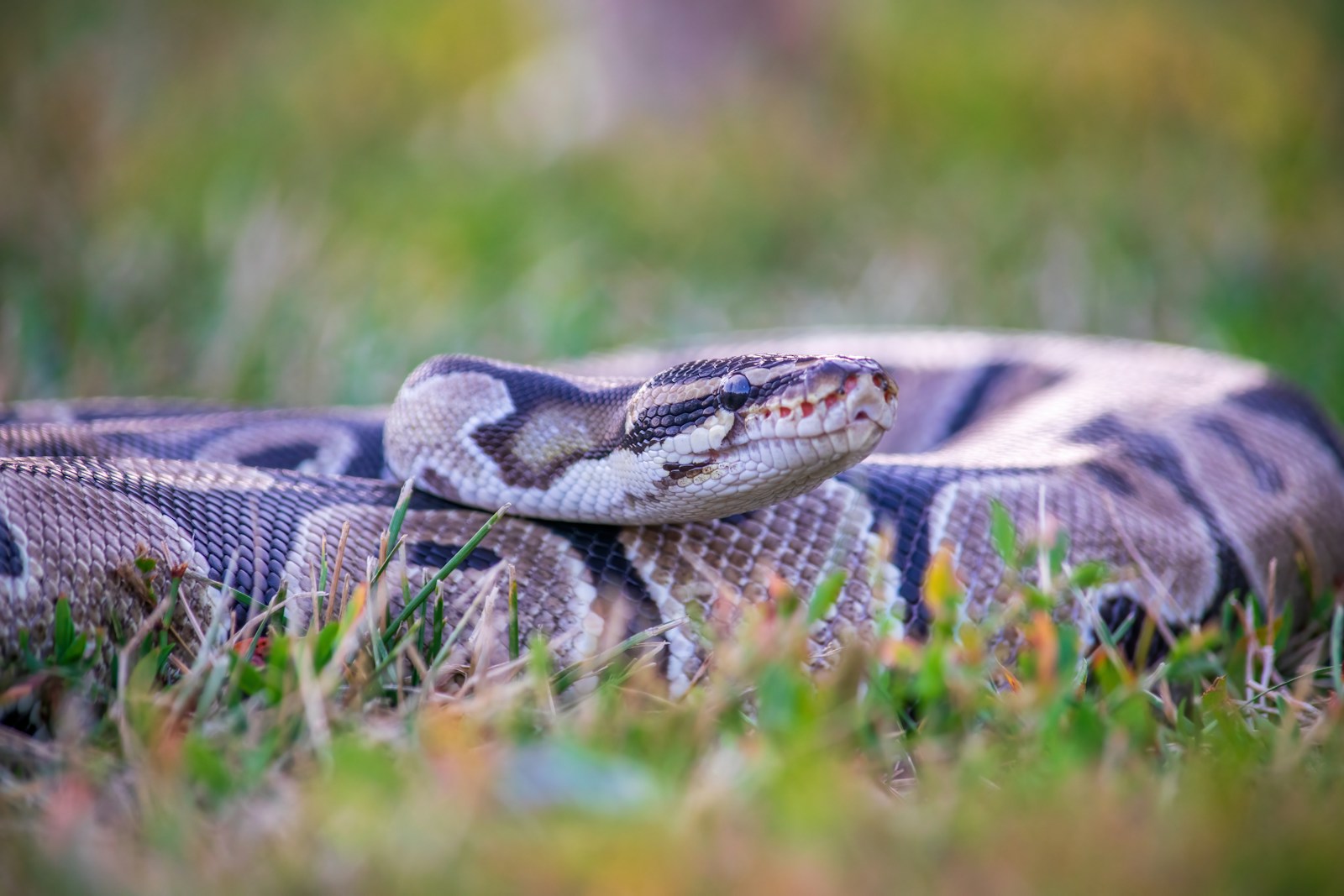
Desert-dwelling snakes typically display pale, sandy coloration that mirrors their arid surroundings with remarkable precision. Species like the sidewinder rattlesnake and sand boa exhibit light tan or cream-colored scales that effectively blend with desert substrates, making them nearly invisible to both predators and prey. This camouflage is critical for ambush predators that rely on the element of surprise to capture food. Beyond camouflage, the lighter coloration of desert snakes serves another crucial purpose: heat management in extreme temperatures. Pale scales reflect rather than absorb the intense desert sunlight, helping these reptiles avoid overheating during daylight hours when temperatures can soar to lethal levels. Some desert species even display subtle pattern variations that mimic the specific texture of their local terrain, whether rocky outcrops or fine sand dunes.
Rainforest Species: Vibrant Colors in Lush Habitats

The tropical rainforest provides a dramatically different environmental context for snake evolution, resulting in some of the most vibrant scale colors found anywhere in the reptile world. Species like the emerald tree boa and green vine snake display brilliant green scales that blend perfectly with the lush foliage of their canopy habitats. This verdant camouflage allows them to remain hidden while hunting birds and small mammals that might otherwise spot them. Other rainforest species have evolved complex patterns of browns, blacks, and greens that mimic the dappled light conditions on the forest floor. The consistently warm, humid conditions of tropical forests also support the metabolic requirements for producing and maintaining vibrant pigmentation, which can be energetically costly for reptiles. Some rainforest snakes even change color slightly as they mature, reflecting changes in habitat use as they grow from juveniles to adults.
The Science of Pigmentation in Snake Scales
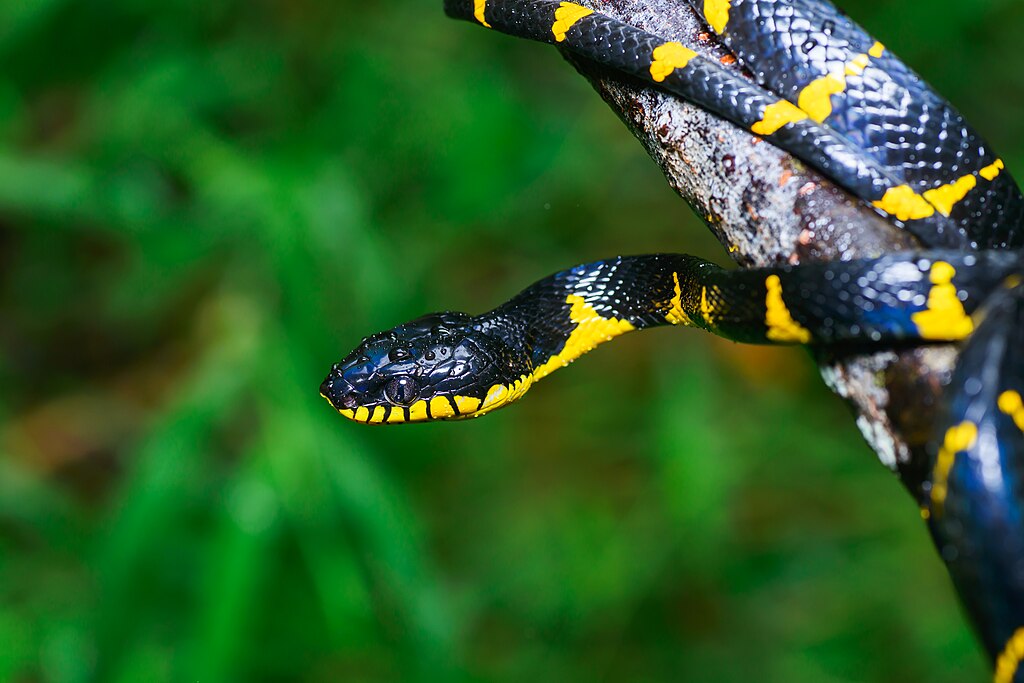
The colors we observe in snake scales result from complex interactions between various types of pigment cells embedded within the scale structure. Melanophores, which contain the dark pigment melanin, are responsible for black, brown, and gray colorations that form the base of many snake patterns. Xanthophores contain yellow pigments, while erythrophores produce red colors, combining to create the wide spectrum of hues observed across different species. Some particularly striking colors, like the iridescent blues and greens seen in certain species, aren’t produced by pigments at all but rather by light-reflecting structures in the scales that create structural coloration. The distribution and density of these various pigment cells are genetically determined but can be influenced by environmental factors during development. Temperature, humidity, diet, and even light exposure during critical growth periods can all affect the final expression of scale color in many snake species.
Temperature’s Influence on Scale Development
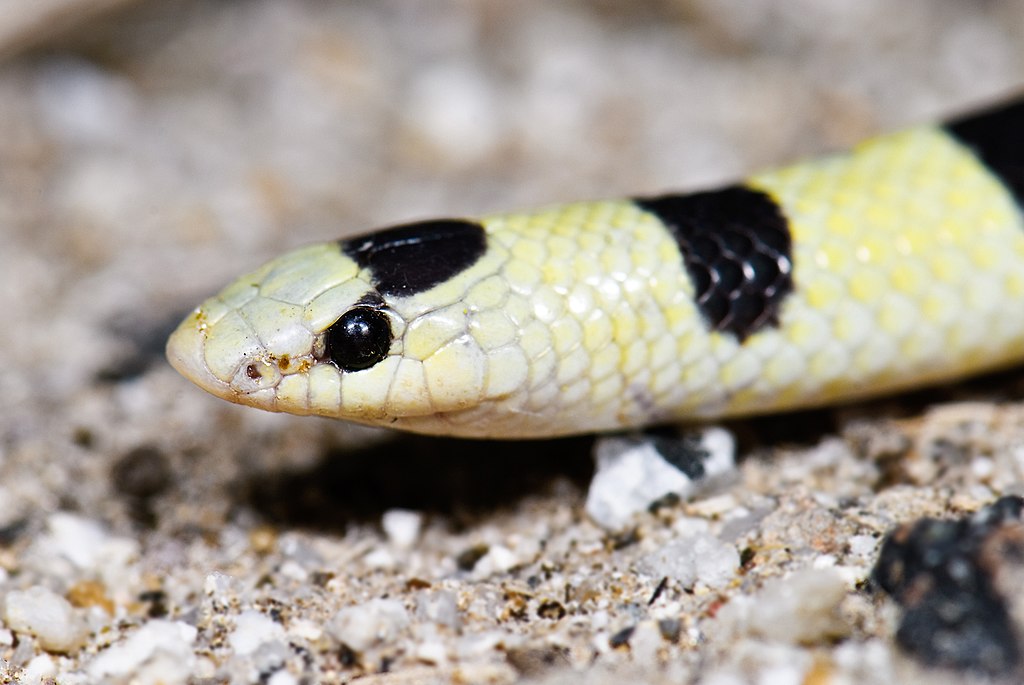
Environmental temperature plays a particularly significant role in determining scale color in many snake species, especially during embryonic development. Research has shown that eggs incubated at different temperatures can produce hatchlings with noticeably different scale colorations, even among siblings from the same clutch. This temperature-dependent color variation is most pronounced in species that naturally experience wide temperature fluctuations in their habitat. Higher incubation temperatures often result in lighter coloration, while cooler temperatures tend to produce darker-scaled individuals. This adaptation makes ecological sense, as snakes born during hotter seasons or in warmer microhabitats benefit from reflective, lighter scales. The temperature sensitivity of scale development provides a mechanism for rapid adaptation to changing environmental conditions across generations, allowing snake populations to maintain optimal camouflage even as their habitats transform over time.
Seasonal Color Changes in Snake Species

While most snakes maintain relatively consistent coloration throughout their adult lives, some species exhibit remarkable seasonal changes in scale appearance. These changes typically correlate with shifts in their habitat’s appearance throughout the year. For instance, certain temperate-zone species display darker coloration during spring and fall when forest floors are covered with dark, decaying leaf litter, then lighten considerably during summer months when dried vegetation creates a paler background. This seasonal adaptation is particularly evident in species that remain active year-round in environments with distinct seasons. The physiological mechanisms behind these changes involve controlled melanin production and distribution within existing scales, rather than growing entirely new scales. Some species can complete this color transition within just a few weeks, providing a rapid response to changing camouflage requirements as seasons shift.
Geographic Variation Within Species
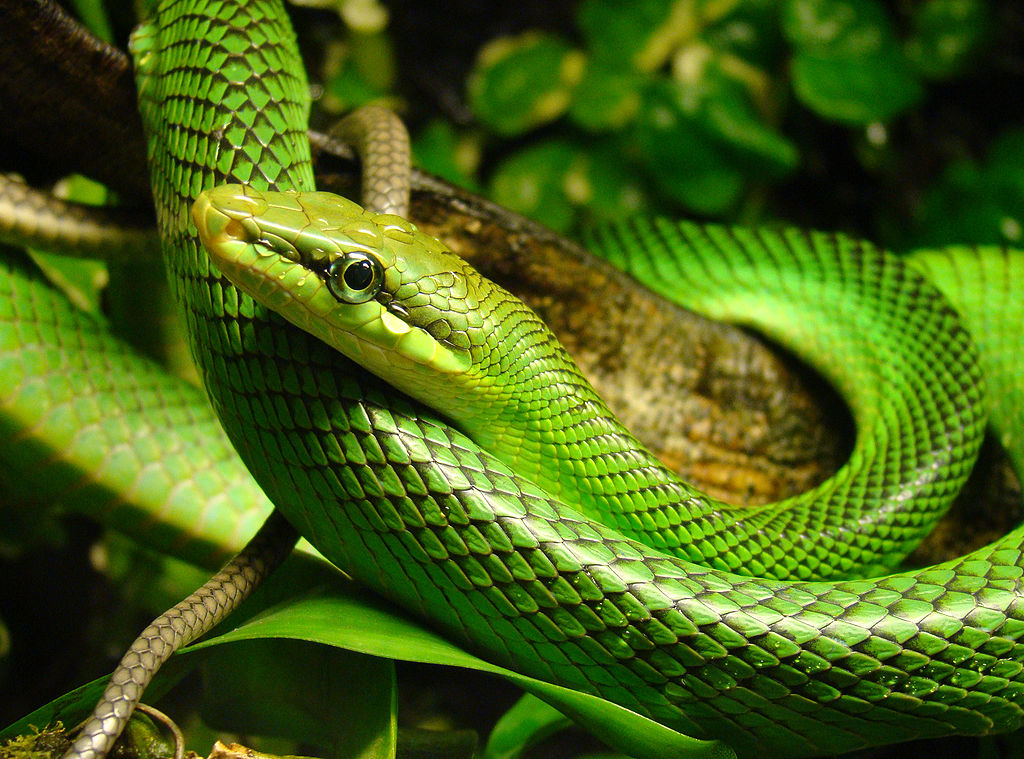
Snake species with wide geographic distributions often develop distinct color variations across different regions of their range, a phenomenon known as geographic variation. These differences reflect local adaptation to specific environmental conditions and can be so pronounced that populations once thought to be separate species are now recognized as color variants of a single species. The common kingsnake provides a striking example of this variation, with populations ranging from the black-and-white banded pattern of eastern variants to the red, black, and yellow tricolor pattern found in western regions. These regional differences typically correlate with background coloration of the local habitat, predator populations, and the presence of other snake species that might be mimicked for protection. Over time, if these separated populations remain isolated, the color differences can contribute to reproductive isolation and eventually lead to speciation.
Dietary Influences on Scale Pigmentation

The food a snake consumes can significantly impact its scale coloration, particularly in species that incorporate carotenoid pigments from their prey into their scales. These pigments, responsible for many yellow, orange, and red colorations in the animal kingdom, cannot be synthesized by snakes and must be obtained through diet. Snake species with carotenoid-based coloration will develop paler, less vibrant scales if their diet lacks these essential compounds. This dietary influence is particularly evident in captive specimens fed limited diets compared to their wild counterparts with access to diverse prey. Research has shown that even melanin production, responsible for darker pigmentation, can be affected by protein quality and quantity in a snake’s diet. The relationship between nutrition and coloration provides further evidence of how deeply environmental factors influence the physical appearance of these reptiles.
Pollution’s Effect on Snake Scale Color

Environmental pollutants can dramatically alter snake scale coloration, sometimes with devastating consequences for populations living in contaminated areas. Heavy metals, industrial chemicals, and agricultural runoff can interfere with the development and maintenance of normal pigmentation patterns. Studies documenting snakes in areas with high industrial pollution have found individuals with unusual mottling, asymmetrical patterns, or completely aberrant coloration that compromises their camouflage effectiveness. These pigmentation abnormalities often indicate broader physiological stress and may correlate with reduced reproductive success and shortened lifespans. More subtle effects include shifts in the brightness or hue of scales that might not be immediately obvious to human observers but could significantly impact a snake’s ability to remain concealed from predators with more sensitive vision. These changes represent one of the many ways human activity directly impacts the evolutionary adaptations of wildlife.
Ultraviolet Reflectance: The Hidden Dimension of Scale Color
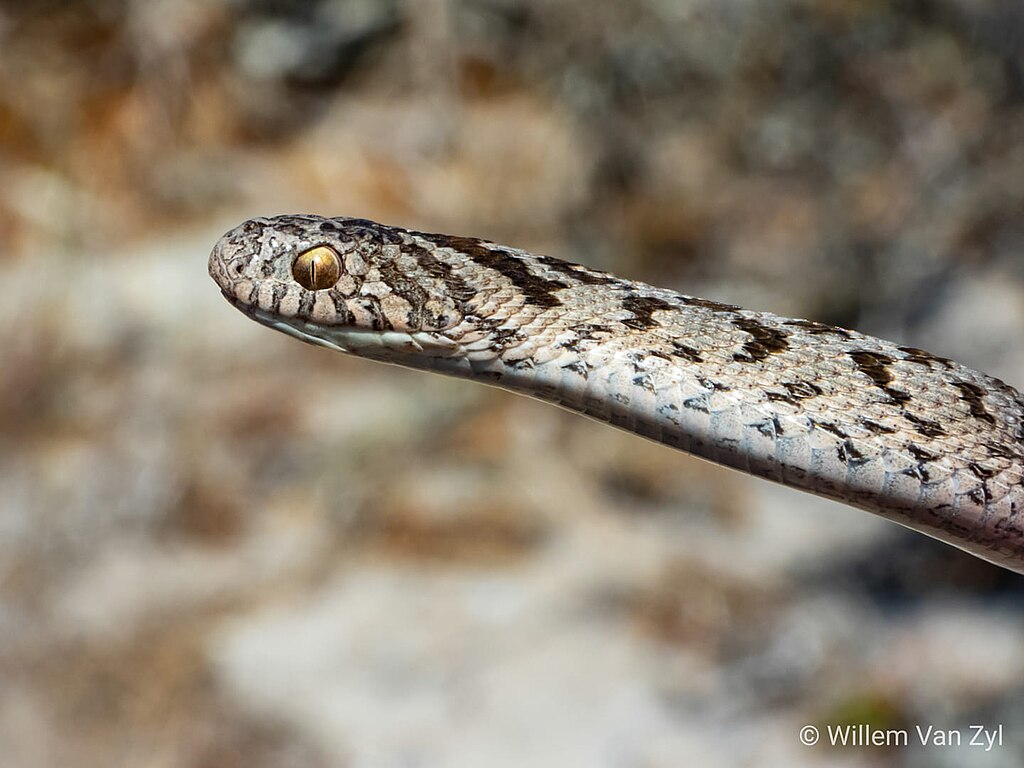
Many snake scales reflect ultraviolet (UV) light in patterns invisible to the human eye but readily perceived by birds and some other predators and prey species. This hidden dimension of scale coloration adds another layer to how environmental adaptations manifest in snake appearance. Desert-dwelling species often have scales that reflect high levels of UV radiation, which may help prevent cellular damage from intense sun exposure. Conversely, forest species typically show lower UV reflectance, consistent with their shaded habitat. The relationship between UV reflectance patterns and specific environmental conditions represents a cutting-edge area of herpetological research. Studies using UV photography have revealed that what appears as uniform coloration to human eyes may display complex patterns when viewed in the UV spectrum. These findings suggest that snake scale color has evolved under selective pressures from both predators and prey with UV vision, adding further complexity to our understanding of environmental adaptation.
Climate Change and Shifting Scale Coloration
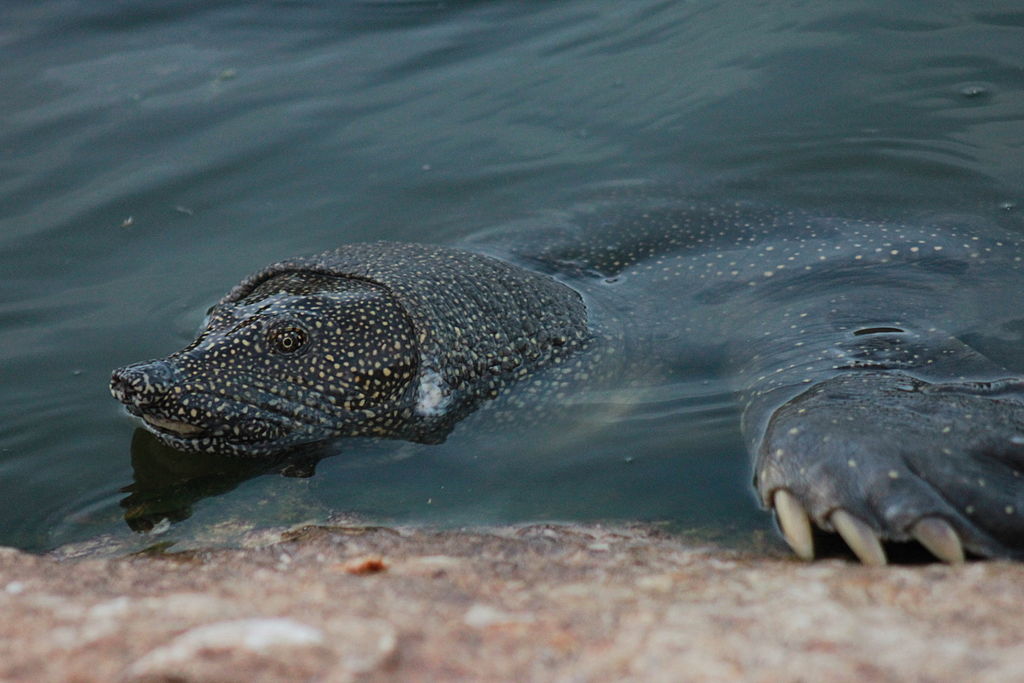
As global temperatures rise and habitats transform due to climate change, researchers are documenting shifts in snake scale coloration across multiple species. These changes represent real-time evolutionary responses to rapidly changing environmental conditions. In regions experiencing increasing average temperatures, some snake populations show trends toward lighter coloration that better reflects heat. Similarly, as formerly distinct habitats blend or shift geographical boundaries, hybridization between previously separated populations is creating new color morphs that may be better adapted to emerging ecological niches. These observations provide valuable insights into how quickly natural selection can operate on color traits when environmental pressures intensify. Long-term studies monitoring the same snake populations over decades have become particularly valuable for documenting these changes, with some showing measurable shifts in average population coloration in as little as 10-15 generations.
Conservation Implications of Scale Color Adaptation
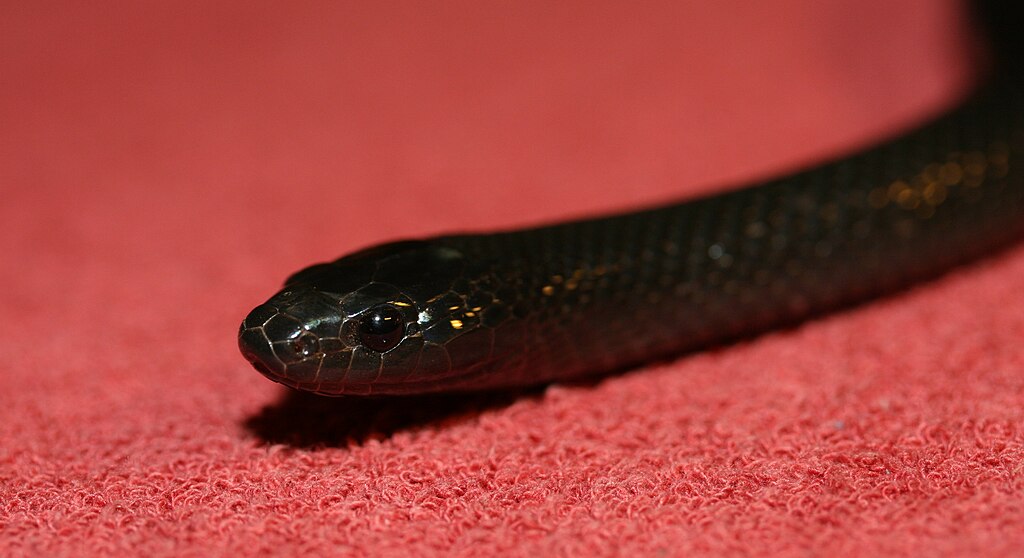
Understanding the relationship between environment and snake scale color has significant implications for conservation efforts targeting threatened and endangered species. When reintroduction programs fail to consider local color adaptations, they may inadvertently release individuals with suboptimal camouflage for the specific release habitat, dramatically reducing survival rates. Conservation breeding programs now increasingly factor in maintaining appropriate color variants matched to intended release sites. Habitat fragmentation poses a particular threat to species with specialized color adaptations, as it may trap populations in areas where their coloration no longer provides effective camouflage as the local environment changes. For critically endangered snakes with highly specific color adaptations, protecting not just any suitable habitat but precisely the habitat type that matches their evolved coloration becomes essential for their long-term survival. This understanding highlights how even aesthetic features like scale color represent critical adaptive traits worthy of conservation attention.
Captive Breeding and Color Manipulation
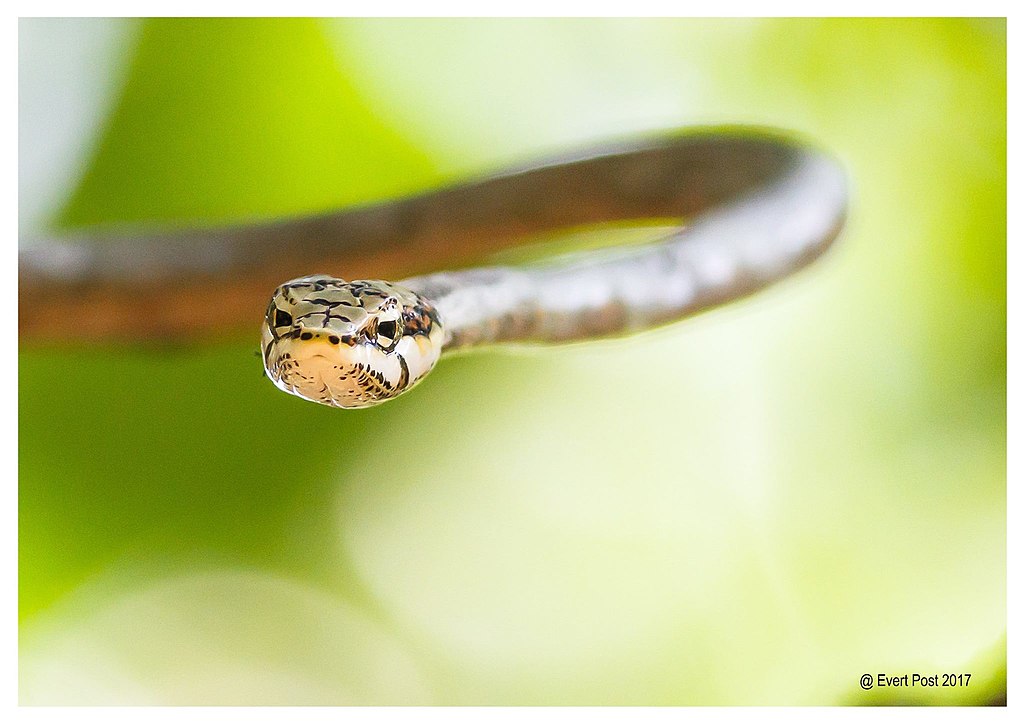
The captive breeding industry has dramatically demonstrated the plasticity of snake scale color through selective breeding for specific color morphs. These efforts have produced snakes with colors and patterns rarely or never seen in wild populations, from albino and melanistic variants to complex combinations of altered pigmentation. While these selective breeding outcomes don’t reflect natural environmental adaptation, they reveal the genetic underpinnings that allow for environmental influence in wild populations. Some breeders manipulate incubation temperatures specifically to influence color development, directly exploiting the environmental sensitivity of scale formation. Scientific research using these captive-bred variants has provided valuable insights into the genetic and developmental mechanisms controlling scale pigmentation. The study of how these artificial selections compare to natural environmental adaptations continues to enhance our understanding of the relationship between habitat and coloration in these remarkable reptiles.
The intricate relationship between a snake’s environment and its scale color represents one of nature’s most elegant examples of adaptive evolution. From the scorching deserts to the shadowy rainforest floors, snakes have developed specialized coloration that perfectly suits their surroundings. These adaptations go far beyond simple camouflage, incorporating complex responses to temperature, diet, seasonal changes, and even ultraviolet radiation. As our planet faces unprecedented environmental changes, these color adaptations may prove crucial to snake species’ survival or contribute to their vulnerability. By understanding the environmental factors that shape snake coloration, we gain not only scientific knowledge but also critical insights for conservation efforts aimed at preserving these remarkable reptiles and the delicate ecological balance they help maintain.

